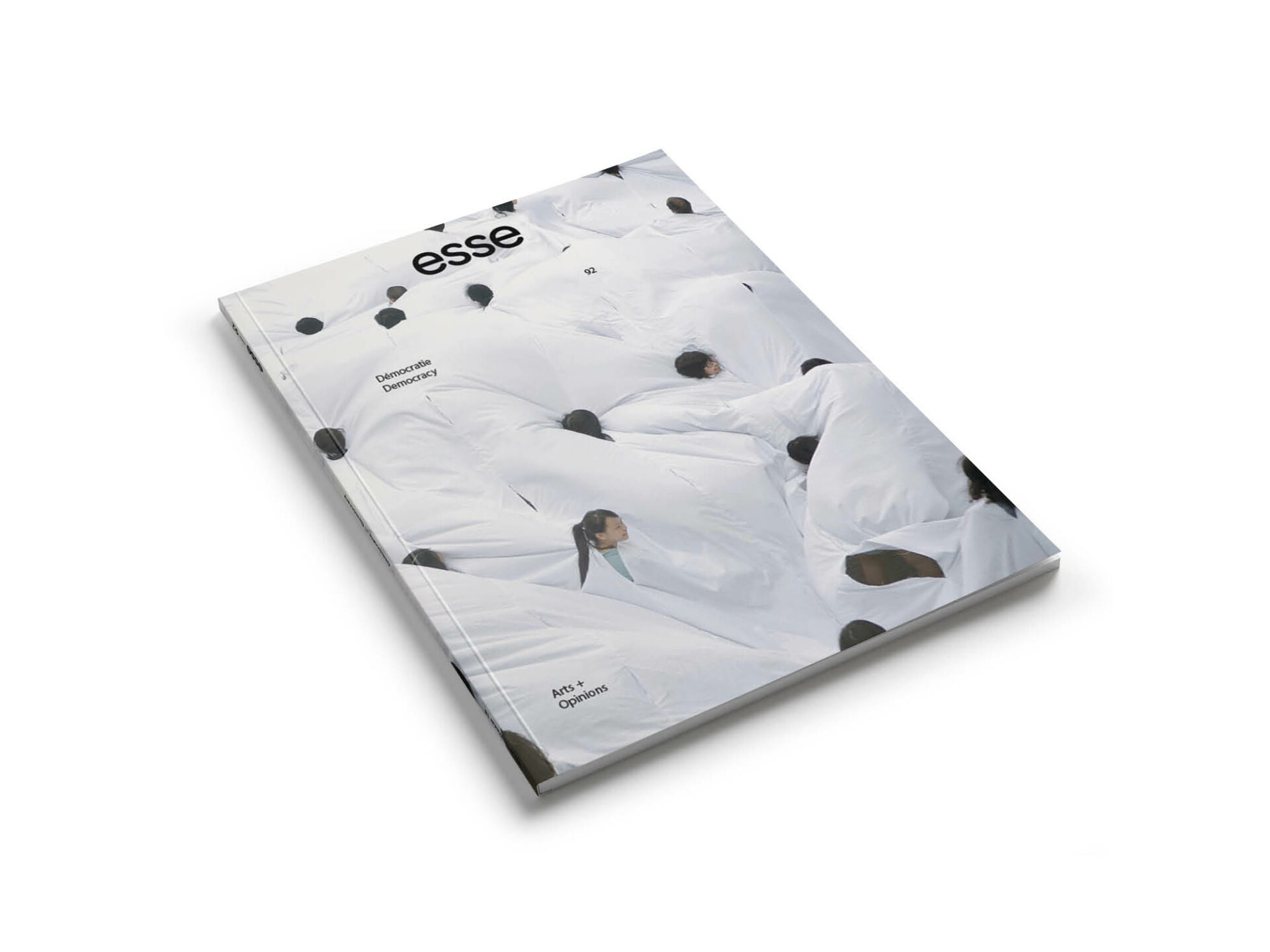
Democracy Without Guarantees
In its modern enlightenment version, art was thought to help nurture a reasoning subject who could express humanity as a project rather than a fatal superstition. Despite their very different conceptions, what all of the modernist art movements had in common was the background of Western liberal capitalism and bourgeois ideology. Since postmodernism, we have been telling ourselves a different story. History has ended, and so aesthetic resistance to bourgeois capitalism has also ended. Mark Fisher defines this sense that capitalism is now the only viable socio-economic system as “capitalist realism.”1 1 - Mark Fisher, Capitalist Realism: Is There No Alternative? (Winchester: O Books, 2009). We could say that much of the art produced today is capitalist realist art. Given that most of the art movements of the nineteenth and twentieth centuries were critical of bourgeois ideology, contemporary art finds itself in a strange situation with regard to the legacy of modernity.



